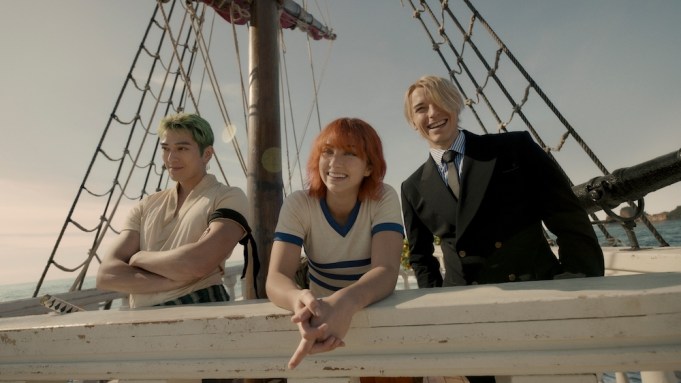Netflix‘s highly-anticipated live-action adaptation of Eiichiro Oda’s beloved manga, “One Piece,” finally premiered, offering fans the opportunity to delve into a new version of the epic tale. As viewers compare the eight-episode first season to its manga and anime counterparts, they’re bound to notice some significant changes in the narrative.
The “One Piece” manga transports readers to a fantastical world where pirates and marines engage in fierce battles for control over the Blue Sea. The story revolves around Monkey D. Luffy, a young boy with dreams of becoming the Pirate King, despite his inability to swim, a side effect of consuming the “Gum Gum” Devil Fruit as a child. This magical fruit granted him an extraordinarily stretchy body but cursed him to be unable to survive in water. Luffy’s journey in search of the legendary “one piece” treasure of Pirate King Gold Roger takes him through the East Blue region of the sea, where he assembles his crew of Straw Hat Pirates.
READ MORE: Dramatic Turns: Adrien Brody and Jason Segel Navigate the Turbulent Coaching Shifts on Winning Time
While Netflix’s “One Piece” closely follows the first 100 chapters of Eiichiro Oda‘s manga, showrunners Matt Owens and Steven Maeda made several alterations to the plot. These changes, while necessary for the adaptation, are poised to ignite debates among the devoted “One Piece” fanbase.
One of the most controversial changes involves the treatment of characters Don Krieg and Arlong. In the manga, Don Krieg plays a more substantial role as the primary antagonist during the Baratie arc. However, in the Netflix series, his part is significantly reduced, and his demise occurs earlier in the story. Instead, the narrative shifts its focus to Arlong, a menacing fishman villain who has controlled Nami since her childhood. The decision to elevate Arlong’s role early in the series was approved by Eiichiro Oda himself, setting the stage for his emergence as the first season’s “Big Bad.”
Another notable alteration is the mid-season revelation that Vice Admiral Garp is Luffy’s grandfather, a twist that diverges from the manga’s timeline.
On a smaller scale, important character details have been tweaked, such as altering the physical characteristics of some “One Piece” characters for their live-action counterparts. For instance, Usopp’s nose and Sanji’s iconic curly eyebrow have been adjusted to appear less comical and more in line with the show’s grounded aesthetic.
Showrunner Steven Maeda acknowledges the immense challenge of adapting a beloved manga into a live-action series. He emphasizes the importance of striking a balance between appeasing diehard fans who cherish the source material and engaging newcomers to the “One Piece” universe. To achieve this, the show aims to maintain a level of authenticity while avoiding an overly cartoonish look in its sets and costumes.
Additionally, the choice to cast Ian McShane as the narrator, rather than voice actors from the anime, was influenced by McShane’s iconic voice, adding a unique touch to the series.
As “One Piece” fans dissect these changes, one thing is certain—the live-action adaptation aims to capture the essence of the beloved manga while charting its own course on the high seas of storytelling. It’s a delicate balance that will undoubtedly continue to fuel passionate discussions among fans old and new.
